Videotex Graphics
Graphic pages in many early interactive online systems (Videotex: 1979-1989) were implicitly animated because the pictures drew as the data arrived.
The browsers of the time (called "decoders - How geeky is THAT?) were slow and network speeds maxed out at only about 2400 Baud (Less than 1% of today's performance).
So you watched the pages build....s-l-o-w-l-y
Click on a slide and you can view that video
Telidon/NAPLPS was an SVG-like display format that was used early on in the interactive environment "before it was The Web" (1979-89) . NAPLPS offered hi-rez, device-independent, byte-lite, animated graphics - it was cutting edge for the time. Come to think of it, the Web is catching up with that level of built-in browser-level graphical sophistication only now.
Anyhow, here are a few short examples of the craft - mostly 10-30 seconds apiece. Sorry about the crummy visual resolution; These were shot off the screen with a video camera. You know, "technological limitations" of the time...
All of these animations were less than 3000 bytes
Videotex Animation Catalog
 Ali & Cosell
Ali & Cosell
The relatively crude resolution of early interactive screens meant that caricatures and cartoonish images were the norm. This was one of my first Telidon/NAPLPS pics - in 1981. I actually used a joystick to draw it! "Mice" were exotic technology at the time. The design parameters reflected the practical limitations of the technology of the day.
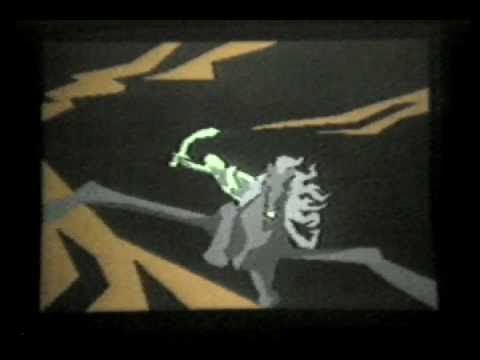 SkyWarrior
SkyWarrior
Slow drawing time actually added some charm, anticipation, and unavoidable "animation" to the graphic presentation of Telidon/NAPLPS. I tried to make that artifact of the technology a little more entertaining. Early platform didn't offer much in the way of resolution of color - by today's standards, at least.
 Myths & Heroes
Myths & Heroes
You could also build simple interactive "information retrieval" tree-structured databases with this Telidon/NAPLPS thing. One of my early exercises in 1981 was to put together a proof of concept. And here it is - my first ever Clickable Demosite.
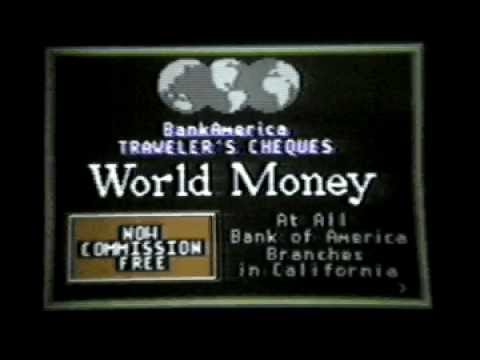 World Money
World Money
My first professional Telidon/NAPLPS job was producing a huge consumer-oriented site for Bank of America in 1982. BofA anchored publishing giant Times Mirror's Videotex Field Trial of consumer information services to the home with a huge site of consumer banking information.
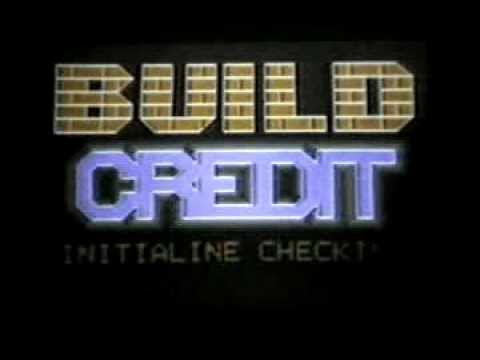 Build Credit
Build Credit
Built-in animation was a big part of the "user experience" of early interactive products. This early online advertisement used the sequential drawing aspect of the platform to create a little animated message. Not bad, especially for that moment in time ... when there was still something of a "gee whiz" factor to seeing stuff like this.
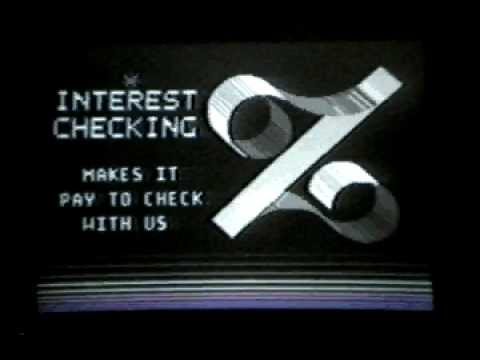 Interest Checking
Interest Checking
It was kind of crude, but I really liked this ad, which used a "CSS-like" technique to achieve the sparkly effect. All the more impressive when you consider that most early Videotex pages were no more than 2000 bytes.
 Get Fresh
Get Fresh
During the early 80's all of the major networks wanted to get on the interactive bandwagon. In teletext, the interactive pages were digitally embedded in the TV signal and then extracted "on demand" by your smart cable box.
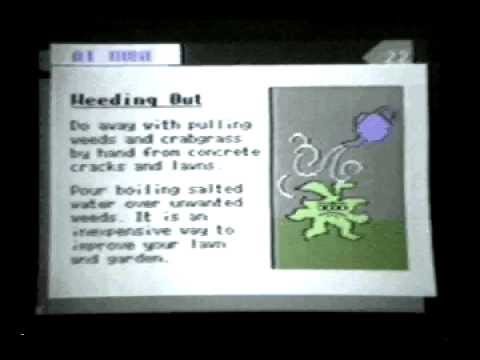 Weeding Out
Weeding Out
On this page, the process of drawing the picture became a small animation that actually illustrated the textual content of the story. Due to technology constraints, these pages had to be under 1840 bytes(!)
 White Horse
White Horse
My partner at TCS throughought the Videotex years was Bill Porter, a colleague from previous video days - and the guy who wrote the code for early TCS software products. White Horse is his company. Thank you, buddy.
 FaceDancer
FaceDancer
One of the things you could do with Videotex graphics was to build images modularly. The Open-Ended Assembly Process let you change anything at any time, so you could "Mix 'n Match" design attributes intelligently. We envisioned this Dreamware as an identi-kit tool that was interactive, portable, extensible and virtual, allowing police departments to quickly assemble and distribute systematized suspect identification drawings.